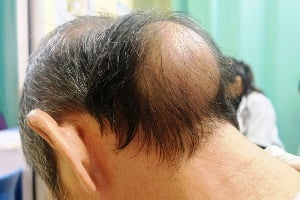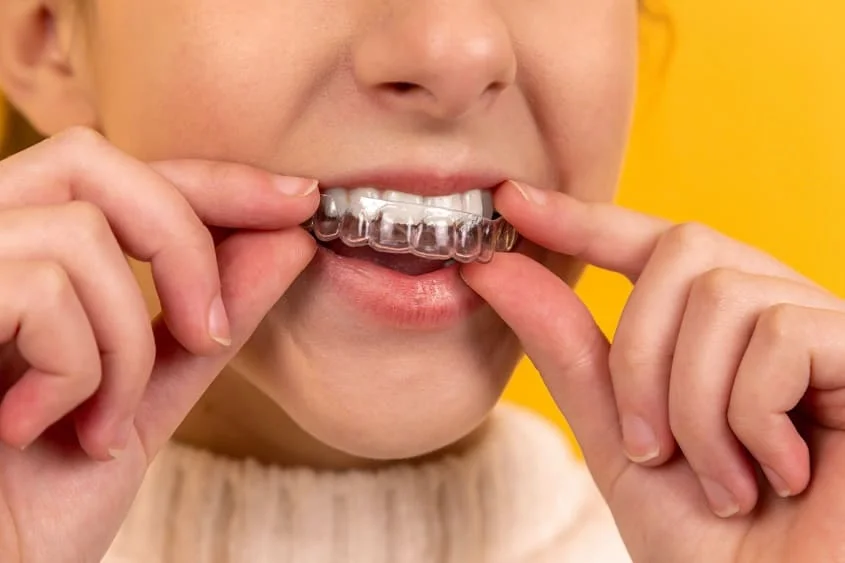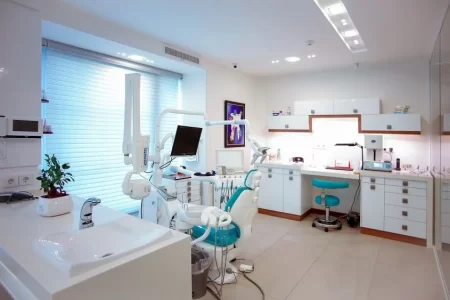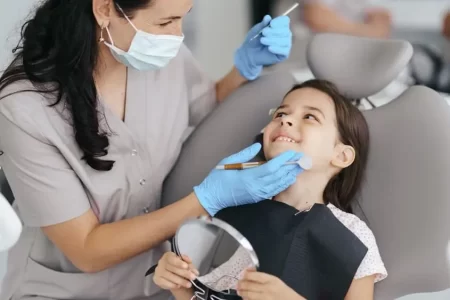1. Overcrowding of Teeth
Overcrowded teeth are a common issue that can lead to significant oral health challenges. When teeth are too close together or overlap, it becomes difficult to properly clean them, increasing the likelihood of plaque buildup, tooth decay, and gum disease. Orthodontists specialize in resolving overcrowding using braces, space maintainers, or even tooth extractions in severe cases.
By creating adequate space between teeth, orthodontic treatment ensures that each tooth can be adequately cleaned and maintained. It not only improves oral hygiene but also enhances the overall appearance of the smile. Moreover, addressing overcrowding at an early stage can prevent more serious complications in the future, making orthodontic intervention a proactive approach to maintaining oral health.
2. Misaligned Teeth and Bite Issues
When it comes to receiving the best orthodontic treatment for misaligned teeth and bite issues, orthodontists are the go-to professionals. These conditions, for example, overbites, underbites, crossbites, and teeth that are crooked or spaced irregularly, require precise correction for optimal oral health. Orthodontists use a variety of tools and techniques, such as braces, clear aligners, and retainers, to gradually move teeth into the desired position.
Addressing these issues is not merely cosmetic; it is essential for overall dental health. Properly aligned teeth are easier to clean, reducing the risk of cavities and gum disease. Moreover, a corrected bite ensures an even distribution of force when chewing, preventing excessive wear on certain teeth and reducing the risk of future dental issues. The expertise of an orthodontist in this area is invaluable, as they can create a customized treatment plan that aligns with the individual needs of each patient.
3. Gaps Between Teeth
While gaps between teeth, also known as diastemas, are often considered a cosmetic issue, they can also pose functional problems for oral health. Food particles can easily become trapped in these spaces, leading to an increased risk of plaque accumulation and gum disease. Orthodontic treatments, such as braces or aligners, are effective in closing these gaps and properly aligning the teeth.
Closing gaps is not just about aesthetics; it enhances the overall functionality of the teeth. Properly aligned teeth contribute to a more effective bite and chewing process, and a closed gap reduces the risk of oral health issues. Orthodontists have the expertise to assess and treat these gaps, ensuring that the final result is both visually pleasing and beneficial for the patient’s dental health.
4. Improper Jaw Alignment
Jaw alignment issues, encompassing a range of conditions such as overbites, underbites, and crossbites, present more than just aesthetic concerns; they can significantly affect oral functionality and health. Orthodontists specialize in correcting these alignment problems, which, if left untreated, can lead to chronic jaw pain, temporomandibular joint disorders (TMJ), difficulty in chewing, and even speech impediments.
Treatment options for jaw alignment issues vary depending on the severity and the specific condition. Braces are commonly used to correct milder cases by aligning the teeth and jaws over time. More severe cases might require specialized orthodontic devices like headgear or even orthognathic surgery. These treatments not only improve the appearance of the jawline but also alleviate pain and discomfort, enhance speech, and improve chewing efficiency. Orthodontists play a pivotal role in diagnosing and treating these issues, utilizing their specialized knowledge to develop comprehensive treatment plans tailored to each individual’s needs.
5. Impacted Teeth
Impacted teeth occur when a tooth is blocked from erupting through the gums, a situation most commonly seen with wisdom teeth and sometimes with canines. This condition may result in various complications such as pain and discomfort, infection, damage to neighboring teeth, and the formation of cysts or tumors. Orthodontists, often working in collaboration with oral surgeons, play a crucial role in the management and treatment of impacted teeth.
The treatment for impacted teeth typically involves careful monitoring and, in some cases, surgical intervention to either assist the tooth to erupt properly or to remove it entirely. Timely orthodontic intervention is vital in these cases to prevent the potential shifting of other teeth and misalignment issues and to maintain overall oral health. The expertise of an orthodontist is indispensable in these scenarios, as they can accurately diagnose the condition and recommend the best course of action.
6. Protruding Teeth
Protruding teeth, where the teeth extend beyond the normal alignment of the mouth, not only affect the aesthetics of a smile but also increase the risk of injury and can cause difficulties with speech and eating. Orthodontic treatment is essential for correcting this issue, which, if neglected, can lead to long-term oral health problems.
Orthodontists utilize various appliances, including braces and aligners, to gradually move the teeth into a more favorable position. In some cases, additional treatments like tooth extraction or the use of orthodontic headgear may be necessary. Correcting protruding teeth enhances oral function, reduces the risk of dental injuries, and boosts self-confidence. The expertise and experience of an orthodontist are crucial in developing an effective treatment plan that addresses both the functional and aesthetic aspects of protruding teeth.
Conclusion
Orthodontic issues like improper jaw alignment, impacted teeth, and protruding teeth require the specialized attention and expertise of an orthodontist. These professionals play a pivotal role in not only enhancing the aesthetic appearance of one’s smile but also in ensuring optimal oral health and functionality. Addressing these issues promptly and effectively can prevent a host of complications, underscoring the importance of seeking orthodontic care for these specific dental concerns. Prioritizing orthodontic health is an investment in one’s overall well-being, contributing to a healthier, more comfortable, and confident life.







